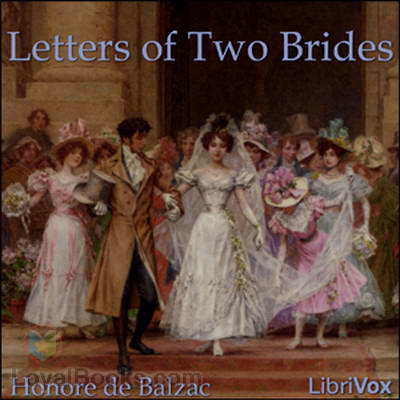Sách nói: Letters of Two Brides
Thể loại sách nói
Tác giả
Giới thiệu
An epistolary novel written by renowned French novelist Balzac, who is regarded as one of the founders of realism and a significant influence to later novelists, the novel focuses on two young women who preserve their friendship through regular correspondence. Originally published in the French newspaper La Presse in 1841 as a serial, the piece later became a part of Balzac’s distinguished novel sequence La Comédie Humaine, or The Human Comedy. Furthermore_, Letters of Two Brides_ surrounds intriguing topics including love, romance, confusion, duty, and the complexity of relationships.
The novel begins when two young women, Louise de Chaulieu and Renée de Maucombe, befriend one another during their time at a convent and accordingly agree to stay in touch after they leave. Soon after her departure from the convent, Louise receives a substantial inheritance from her grandmother, which is intended to secure her financial independence and sustain her ambitious lifestyle. This freedom allows her to move to Paris where she devotes her time to exciting social events and also meets Felipe Henarez, who later wins her affections with his romantic perseverance. Her marriage to him provides her with passionate love and a seemingly endless supply of happiness, though it is in fact short-lived. Renée on the other hand, does not see love as a prerequisite for marriage and for that reason marries a man quite her senior, with the belief that he will care for her and fulfill her desire to become a mother. While Renée is satisfied with the love she receives as a mother and the respect of her husband, Louise devotes her time to finding a man who will promise her both love and passion. Interestingly, despite the fact that each woman tries to sway the other to adapt their standpoint, they nevertheless continue to offer sincere advice to one another. Though their lives lead them in opposite directions, as Louise is guided by passionate romance, while Renée takes a more sensible approach, both women still maintain their friendship through frequent letters detailing their lives.
Balzac effectively presents the ideals of the two contrasting women, as he gives each a distinctive voice, allowing them to precisely express their thoughts and emotions. A gripping novel sure to fuel interest with its opposing images of the feminine mind_, Letters of Two Brides_ additionally offers a vivid insight into 19th century society.
Đừng quên chia sẻ với bạn bè nếu bạn thích nội dung này.
